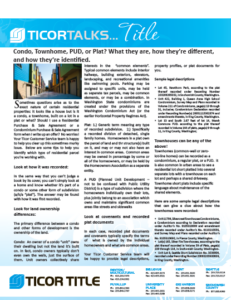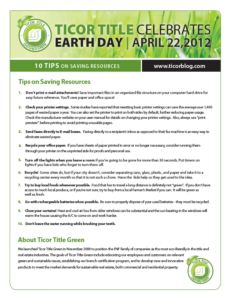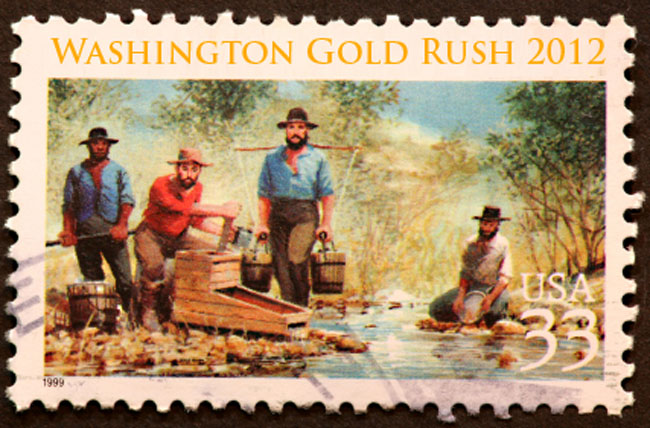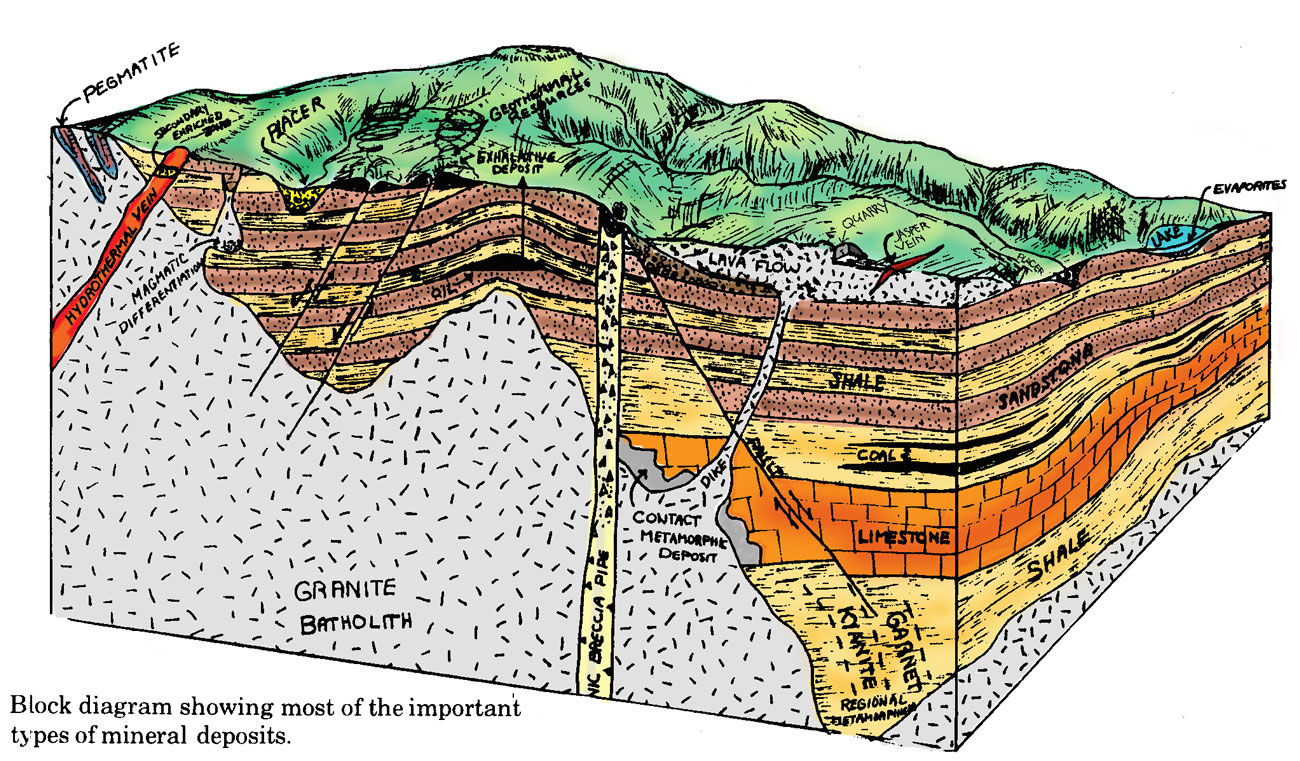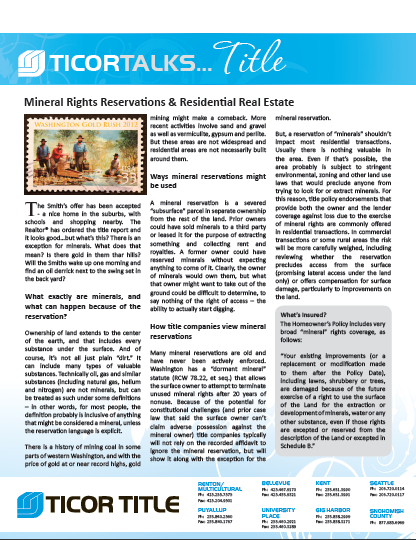
The purpose of bankruptcy is two-fold: (1) to give the debtor (the party filing bankruptcy) a fresh start and (2) to
pay creditors in an orderly fashion. Bankruptcy is governed by federal law which usually trumps state law when it comes to the actions of both the debtor and creditors.
Liquidation vs. Reorganization
There are essentially two types of bankruptcy – liquidation and reorganization. In a liquidation the debtor gives up trying to pay debts, and assets are turned over to a trustee who sells them to pay creditors. Reorganization offers the opportunity to pay off (usually in installments) or restructure debts based on a plan approved by the creditors and the court. Business entities can continue to operate and come out of bankruptcy in better shape.
Ultimately, no matter which type of bankruptcy it is, the individual debtor is discharged from personal obligation to pay most existing debts, which will not be liens on property acquired in the future.
The Life Cycle of Bankruptcy
Click the image below to view an article and infographic of the life cycle of bankruptcy. The life cycle of bankruptcy
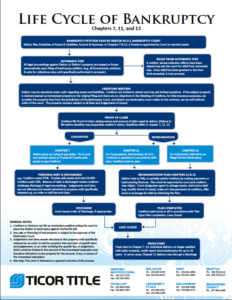
The most common bankruptcy plans are:
Chapter 7
Chapter 7 is a liquidation, where a trustee is appointed. Certain assets (i.e. your personal residence) can be exempted. Unsecured creditors (for example, a creditor that does not have a mortgage on real property) may end up with nothing, and secured creditors may get less than what they are owed. Real estate transactions require court approval.
Chapter 11
Chapter 11 is a reorganization available to businesses and certain qualifying individuals. It results in a plan allowing for continuing operation of a business, and usually most secured creditors get paid in full and unsecured creditors may get something. There may or may not be a trustee, but if not, the debtor is usually allowed flexibility to do what a trustee would do if it was in the “normal (e.g., ordinary) course of business.” Real estate transactions usually require inclusion in the plan or a special court order. An exception to this rule might be a developer who can usually sell individual lots or houses without special approval.
Chapter 12
Chapter 12 is also a reorganization available to farmers and fishermen. This is shorter than a Chapter 11, and unsecured creditors get less protection.
Chapter 13
Chapter 13 is a “wage earner” reorganization available only to individuals, with a plan and a trustee. Creditors usually get partial payment, but can challenge the plan. The individual has to wait until the plan is completed (usually 3 years or less) for a discharge of debts, except in limited “hardship” situations.
Any type of bankruptcy can be converted to another type. It is important to remember that the bankruptcy court retains jurisdiction until it is closed. In some cases, the court can actually go back and void transactions that occurred even before the bankruptcy was filed. In a reorganization, the plan has to be completed and the case formally closed before the debtor is free from the bankruptcy.
Download
Click the image below to download a printable version of this article. What is bankruptcy and what options are available?
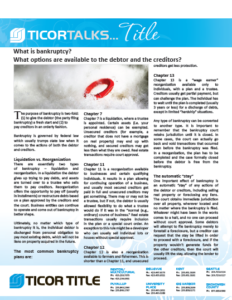
The automatic “stay”
One important effect of bankruptcy is an automatic “stay” of any actions of the debtor or creditors, including selling real property or foreclosing any liens. The court obtains immediate jurisdiction over all property, wherever located and no matter where the bankruptcy is filed. Whatever might have been in the works comes to a halt, and no one can proceed without court approval. Some debtors will attempt to file bankruptcy merely to forestall a foreclosure, but a creditor can request that the stay be lifted in order to proceed with a foreclosure, and if the property wouldn’t generate funds for the other creditors, then the court will usually lift the stay, allowing the lender to proceed.
Future blogs will address elements of a bankruptcy, including exemptions, abandoned property, sales “free and clear” and the effect of a discharge, some of which involve common misconceptions about bankruptcy.
Click the following link for a flow chart of the bankruptcy process.

